#1 Warm Up Better
From 5 minute treadmill jogs to 45 minute stretching routines, warming up for weights varies widely among gym goers. Though doing anything beats rocking up to the squat rack after being desk bound for 8 hours, carrying out a random, non-specific warm up (of any length) will only lead to lacklustre training.
To get the most out of yourself, you need to:
Prime Your Body for the Movements Ahead
Get it right and you will supercharge your session without being robbed of precious time. Here is a 10 minute sequence that will do just that.
Step 1: Foam Roll
What it does…
Used correctly, foam rolling will improve the quality of your tissues so your body can function better. We are going after muscle tension, spasm and tacked-down tissue. This has a negative effect on range of motion and the power/coordination of muscle contractions.
Upper body day? Focus around your shoulders, particularly the front of your chest and the back of your armpit (to hit the lats).
Lower body day? Focus around your hips, targeting the glutes and thigh. Calves also tend to hold a lot of tension so releasing those can help to improve ankle range of motion.
Step 2: Mobilise Your Joints
What it does…
Gets your joints working better and increases range of motion. It allows you to get into better positions, reducing the likelihood that you will compensate and be at risk of damaging the joints and surrounding soft tissues.
Upper body day? Favorites include; Quadruped thoracic rotations, Thoracic extension on the foam roller, Dynamic pec stretch, Dynamic lat stretch.
Lower body day? Favorites include; Dynamic hip flexor stretch, Split stance kneeling adductor mob, Hip hinge, 90/90 Hinges (video below).
Step 3: Muscle Activation
What it does…
Fires up dormant muscles for improved function and coordination. Gets you primed and ready for the exercises ahead.
Upper body day? Favorites include; Front and back facing wall slides, Scapula push ups, Band facepull, Band pull apart.
Lower body day? Favorites include; Glute hip bridge, Band sumo walks, Band side lying clams, 90/90 Hinges.
#2 Use Machines Less and Your Bodyweight More
If you want a body that is strong, functional and looks great naked, focus on exercises that use your bodyweight in a functional way.
Though machines have their merits, they fail to effectively develop proprioception (body control) and stability which are integral to your body functioning optimally. For these reasons, they shouldn’t be the focal point of a training program.
There are 5 movement patterns that should be trained. Neglecting or over-emphasising any of them can lead to muscle imbalances and eventual injury. There are, of course, hundreds of exercise options within each category, so I’ll just list my 3 person favourites:
Squat
Safety bar squats, Rear foot elevated split squats, Goblet squats.
Hip Hinge
Deadlifts, Good mornings, Hip thrusts.
Push
Push ups, Dumbbell floor press, Kettlebell overhead press.
Pull
Pull ups, Kroc rows, Inverted rows.
Carries
Farmer walks, Racked kettle bell carries, Offset carries.
#3 More Single Leg Training
How many single leg lifts do you program?
If the answer is anything below ‘a moderate amount’, this could be a game changer for you. The general consensus in the industry is that single leg (unilateral) and double leg (bilateral) exercises both have their respective benefits. So using both is the best approach.
If you think single leg training is only for rehab folks and novice lifters think again! Don’t believe me? Watch this:
Strength and size goals aside, single leg training may just be more appropriate for you. Especially under the following circumstances:
- You have lower back pain. There’s less load through the spine which means less stress through your joints. This greatly reduces the chances of overwhelming the strength and resilience of the tissues and causing injury.
- Bilateral lifts just don’t feel comfortable. We are all built differently and some people will just feel way more comfortable with single leg exercises, and can train better as a result.
- You’re an athlete or train mainly to feel and move better. Single leg training has a greater carry over to everyday life and most athletic activities so they should be programmed accordingly.
#4 Train Your Core the Right Way
Even now, after science has beaten the subject to death, there is a mismatch between the function of the core and the way that it is typically trained.
The core muscles do not function to flex-extend the spine. They are stabilisers that function to PREVENT movement of the spine and keep the torso rigid.
If you are still performing sit-ups, crunches and side bends, I urge you to stop what you’re doing and start training core in a smarter way. Flexion-extension exercises have been shown to create and exacerbate low back pain, and there is also ZERO carry over to function and performance.
Direct core training fits into 3 categories:
Anti-Extension Movements
Deadbugs, Planks, Stability ball / Ab wheel rollouts.
Anti-Lateral Flexion Movements
Side planks, Single arm carries.
Anti-Rotation Movements
Cable chops/lifts, Palloff presses, Cable rotations.
#5 Prioritize Self-Care
‘Self-care’ is an umbrella term that refers to all the motions, exercises and habits that keep your body feeling good and moving well.
Methods include mobility exercises, self-massage and being mindful of postural habits throughout the day.
By prioritising your joint and tissue health, you’ll be rewarded with a body that functions and performs better, and doesn’t nag you with persistent aches and pains.
How you program it is really up to you and will need to be worked in around your schedule.
Here are some options;
- Adopt a 10 minute morning or evening routine.
- Get to the gym earlier to warm up and mobilise better.
- Schedule self-care sessions, and prioritise them over gym work if you need to. This is something I’ve incorporated into my weekly schedule with great success. I have removed two lifting sessions and replaced them with an hour of self-massage and mobility work. The results have been staggering. I am recovering better between lifting sessions and my strength is increasing at a rapid rate. I have not lost any lean muscle mass despite the reduced volume of ‘intense’ training’.
Work it into your own schedule and you’ll feel progress too.
Wrapping Up
This post may have exposed a few holes in your current training program. Fortunately, those holes are easy to patch up and when you do, you will not only be rewarded with a body that looks better, it will also be more resilient and better built to last!
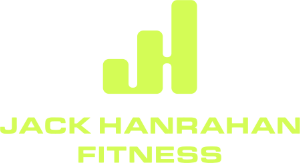
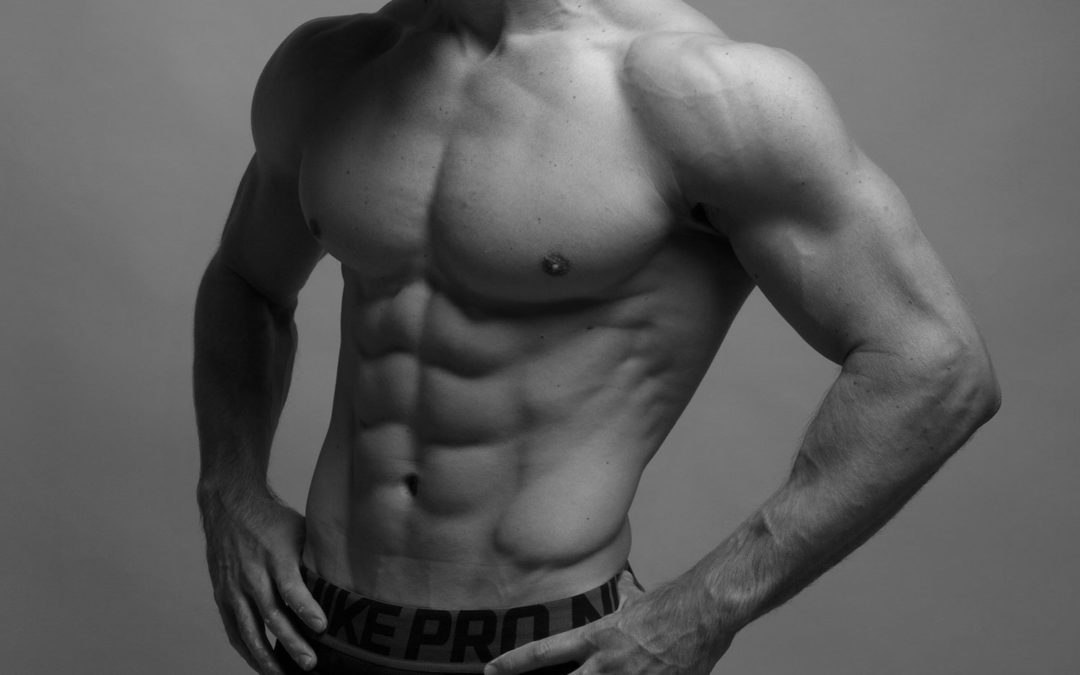
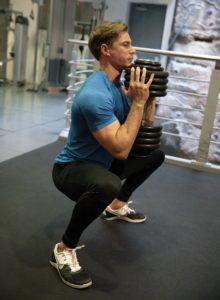
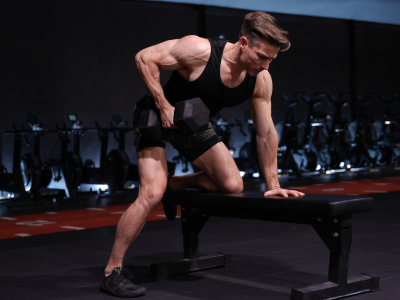
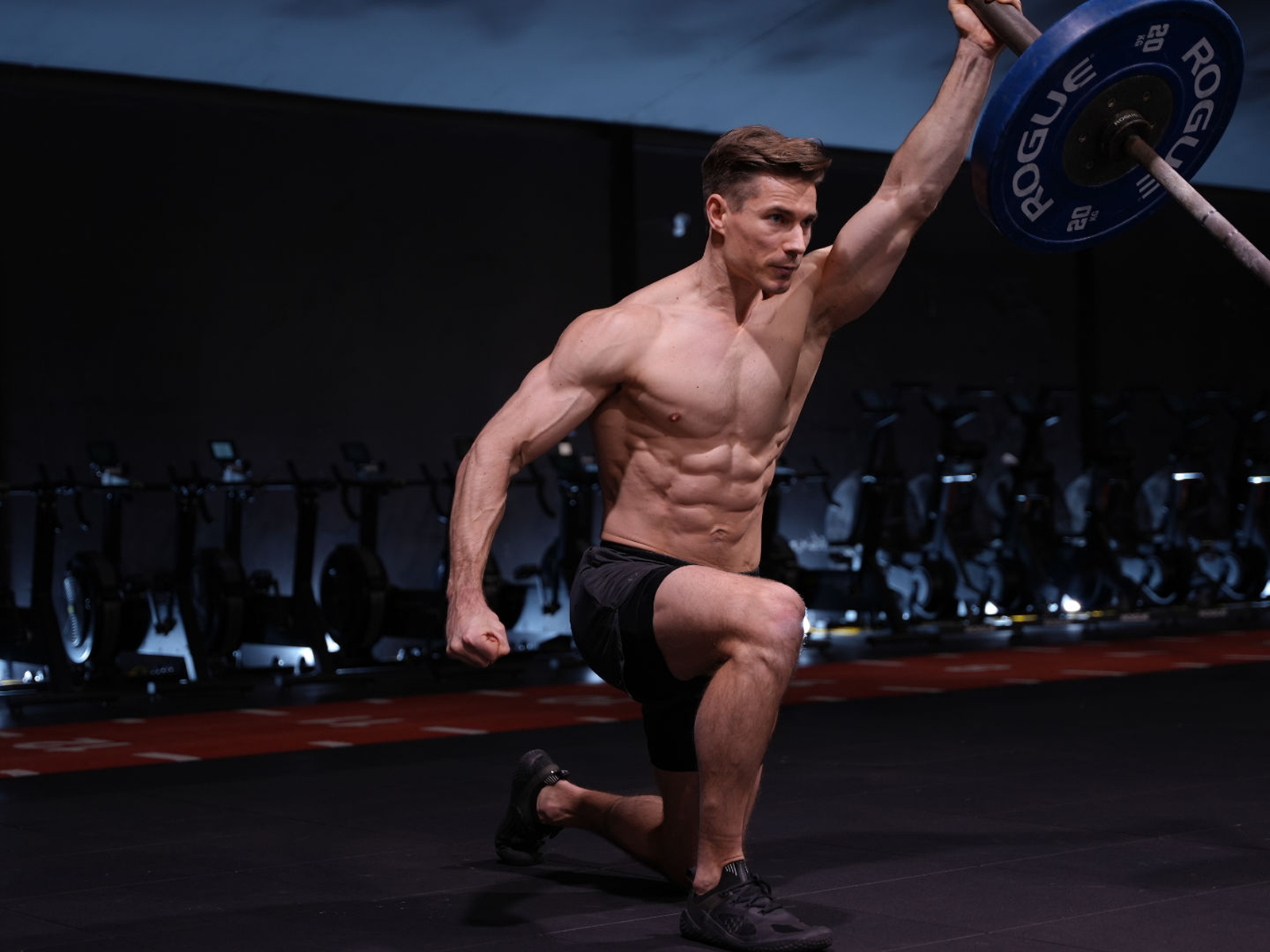
Jack Hanrahan, all right? I am a Physics Education Teacher in Brazil, would you like to know how you do the division of your weekly strength training? thank you
Typically a 4 day split. Two lower body days and two upper body days. One lower day i focus on the squat pattern as my primary movement and on the other, hinge/deadlift pattern…with a bunch of accessory work. This would be for a strength phase. However, i also program higher volume, more bodybuilder style training at times and love to keep it as functional as possible with exercise choice.
Hey Jack. I’m a big fan of your page. I noticed from one of your previous posts you teach a mobility/flexibility class in London.
I’ll be visiting London for my first time next week and curious about details on the class. I would love to attend while I visit from Vancouver.
Cheers!